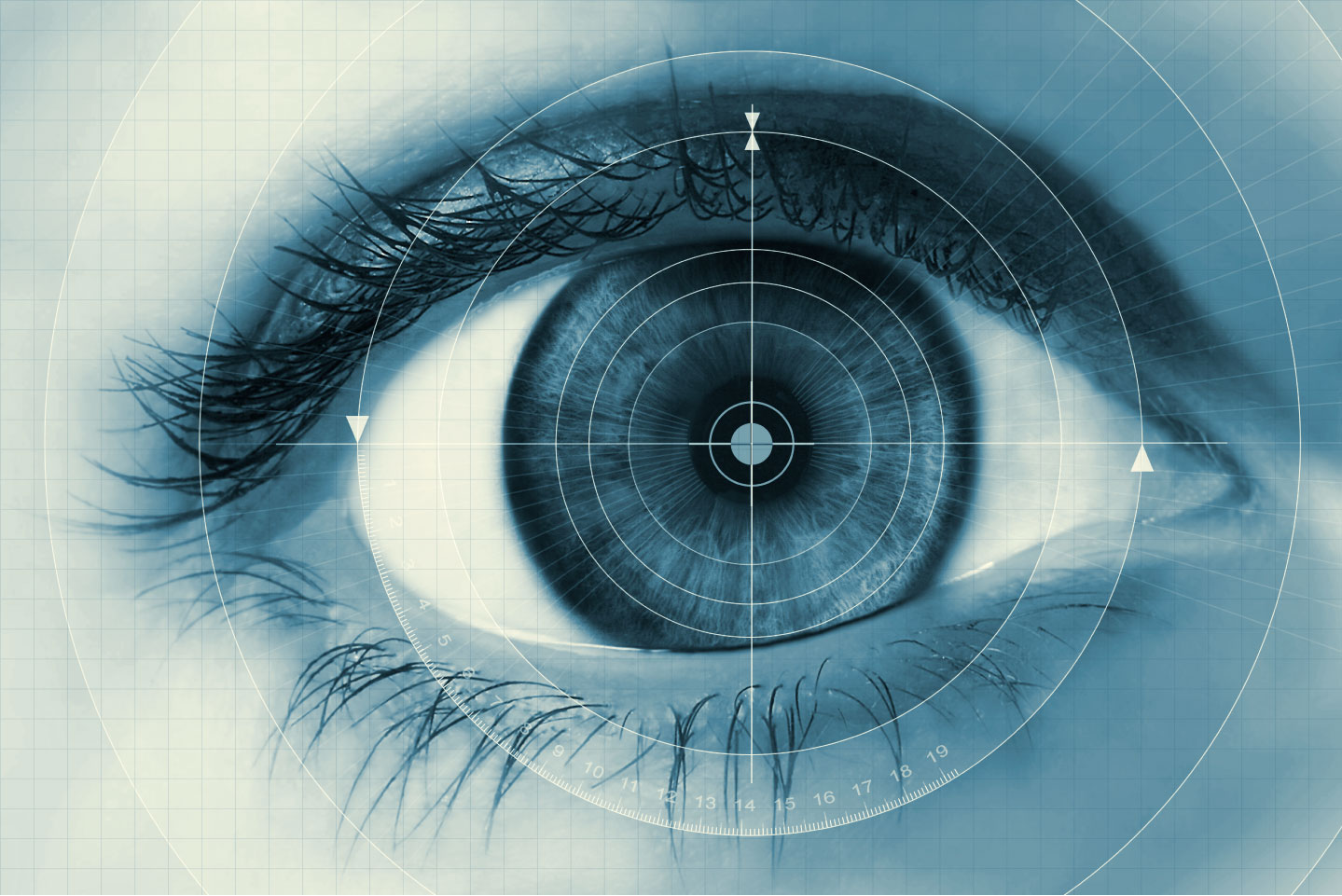Talking about business innovation today is, inevitably, talking about technology — especially artificial intelligence. Still, the transformation is not born of the machine. Even because, even if the systems advance at exponential speed, it is the human being who continues to decide the direction of the business and operate the tools. So when we discuss digital changes, we are also talking about strategy, culture and people.
AI, for example, is already optimizing operations on different fronts. On the one hand, it allows to automate repetitive tasks and reduce errors. On the other hand, it helps to customize customer service at scale, through virtual assistants and predictive analytics that guide more accurate campaigns. According to Gartner, by 2026, more than 70% of companies around the world will use the resource to improve the consumer experience and internal efficiency. And whoever knows how to do this in a way aligned with human intelligence, comes out ahead.
The impact is even clearer when we look at the issue of productivity. A McKinsey study shows that the adoption of AI and automation can increase team performance by up to 40%. In other words, machines assume part of the operational effort and professionals start to have more time for strategic decisions and higher value activities. However, this only happens when there is a well-thought-out integration between solutions and business processes.
At this point, we can mention gamification, which, despite being often underestimated, has been gaining ground as a powerful tool with regard to combining technology and the human factor. Applying typical game elements in corporate environments may seem like an inappropriate and even inappropriate strategy, but the results are expressive. Reports show that gamification increases employee engagement by up to 60%. More than a fun resource, it is a continuous motivation mechanism, which transforms goals into challenges, recognizes achievements and stimulates overcoming.
The effect is also significant for the customer. Mission-based loyalty programs have been highlighted as an alternative to broaden the public’s involvement with the business. According to Deloitte, companies that adopt gamification register an average increase of 47% in customer engagement. It is a way of generating value without depending on large investments, just using the available technologies well.
However, it is not about choosing between one resource or another. The biggest gain comes from the combination between them. By joining AI with gamification it is possible to generate fully personalized experiences, with challenges adjusted to the profile of each user, whether a consumer or a collaborator.
The central point is: no tool delivers result alone. Regardless of what it is, the tool needs to be at the service of a very well-defined strategy and it is also necessary to understand how to apply the human factor together. More than choosing which technology to adopt, you need to know what for, when and how to use them. And, above all, prepare people to operate them with autonomy and critical sense. The machine can represent speed and efficiency, but it is the human being who will make the difference. In the end, innovating is knowing how to combine resources, processes and talents. and everything to the same extent.








